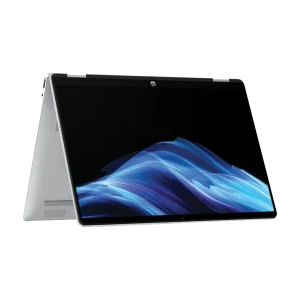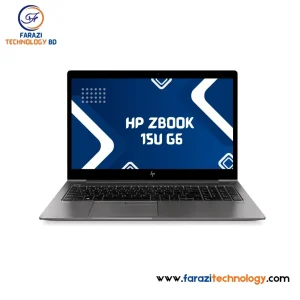Description
If you’re looking to replace or troubleshoot the cooling fan and heatsink for an HP EliteBook 745 G3 or HP EliteBook 840 G3, here’s a step-by-step guide to help you out. These two models share similar cooling components, so most of the information should apply to both.
Tools You’ll Need
- Small Phillips-head screwdriver
- Plastic spudger or prying tool
- Thermal paste (if replacing the heatsink)
- Anti-static wrist strap (optional, but recommended to avoid damaging components with static)
1. Power Down and Disconnect the Battery
Before doing any work on your laptop, ensure it’s completely powered off, and unplug the power adapter. For added safety, disconnect the battery by removing the back panel or any access panel that allows you to disconnect it.
2. Accessing the Cooling Fan and Heatsink
You’ll need to remove the bottom cover to access the cooling fan and heatsink.
For HP EliteBook 745 G3 and 840 G3:
- Remove the screws securing the bottom panel. This usually involves several screws around the perimeter of the case. Some models have additional screws underneath the battery or near other compartments, so make sure you’ve removed all screws.
- Remove the back cover by gently prying it off using a plastic spudger or a flat tool. Be careful to not break any clips or damage the panel.
- Locate the fan and heatsink. The cooling fan and heatsink will be near the processor and are typically held in place with screws. The heatsink will usually be a large metal plate with copper heat pipes attached to it.
3. Removing the Cooling Fan and Heatsink
- Disconnect the fan cable. Carefully unplug the fan’s power cable from the motherboard.
- Remove the screws that hold the heatsink and fan assembly in place. These screws will typically be near the edges of the fan assembly.
- Remove the heatsink and fan assembly. You might need to wiggle it gently to break the thermal paste seal between the CPU and heatsink. Be cautious of any wires or other components that could be in the way.
4. Cleaning or Replacing the Fan and Heatsink
- If you’re replacing the fan, simply swap it out with the new one. If you’re cleaning it, use compressed air to blow out dust from the fan blades and heatsink fins.
- If you’re replacing the heatsink, clean off the old thermal paste from the CPU and heatsink using a lint-free cloth or paper towel with some isopropyl alcohol (preferably 90% or higher). Once cleaned, apply a small amount of fresh thermal paste (about the size of a small pea) to the center of the CPU.
5. Reassembling the Laptop
- Reattach the heatsink and fan assembly by aligning it back into place and securing it with screws.
- Reconnect the fan cable to the motherboard.
- Replace the bottom cover and secure it with screws.
- Reconnect the battery and plug the laptop back in.
6. Testing
After reassembly, power on the laptop and listen to the fan to ensure it’s working properly. You can also use software like HWMonitor or SpeedFan to check CPU temperatures and fan speeds to ensure the cooling system is functioning as expected.
Troubleshooting Fan Issues
- If the fan isn’t spinning after reassembly, check the connection to the motherboard and ensure the fan’s cable is securely plugged in.
- Make sure the fan blades aren’t obstructed by dust or debris.
- If the fan is noisy or running at high speeds constantly, it may need cleaning or replacing.
Where to Buy Replacement Parts
- HP Official Website: Check the HP parts store for genuine replacement parts.
- Amazon, eBay, or Newegg: There are many third-party sellers who offer cooling fans and heatsinks for laptops at reasonable prices.
- Laptop Parts Stores: Websites like Laptop Repair Parts or Parts-People can also offer replacement cooling components for HP laptops.
Let me know if you need further details or clarification on any step!








Reviews
There are no reviews yet.